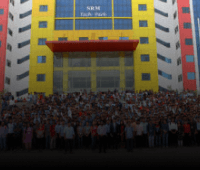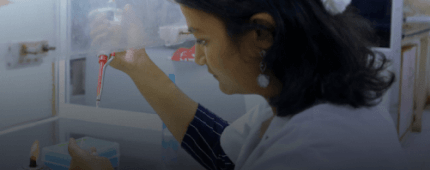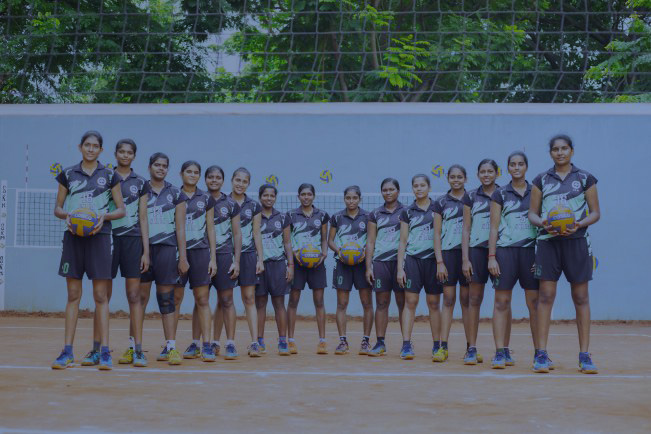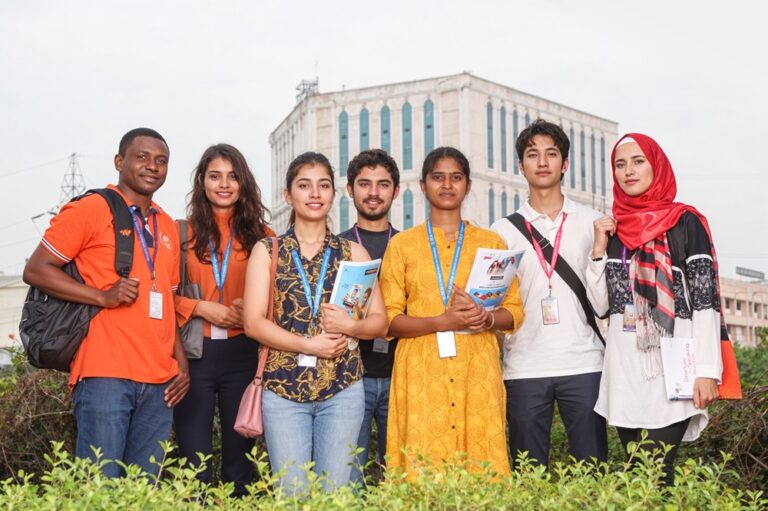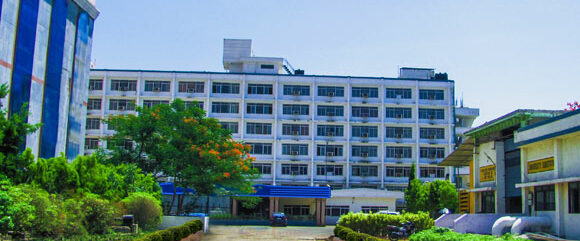
Power Electronics Lab
Power Electronics Lab
Power electronics plays a vital role in the efficient conversion, control, and management of electrical power, facilitating optimal energy utilization in a wide range of applications—from consumer devices to industrial equipment. Its significance continues to grow, particularly in the integration of renewable energy sources and the advancement of electric vehicles.
The Power Electronics Laboratory at the Electrical and Electronics Engineering Department of SRM IST-KTR enhances the learning experience of both undergraduate and postgraduate students by providing in-depth insights into advanced power semiconductor devices and power electronic circuits.
The laboratory offers undergraduate students hands-on experience with advanced power electronics technology and its applications. It supports postgraduate students and research scholars in conducting research using cutting-edge semiconductors and controllers. Additionally, the laboratory aids faculty members in performing experiments, engaging with students, and publishing their findings in academic journals.
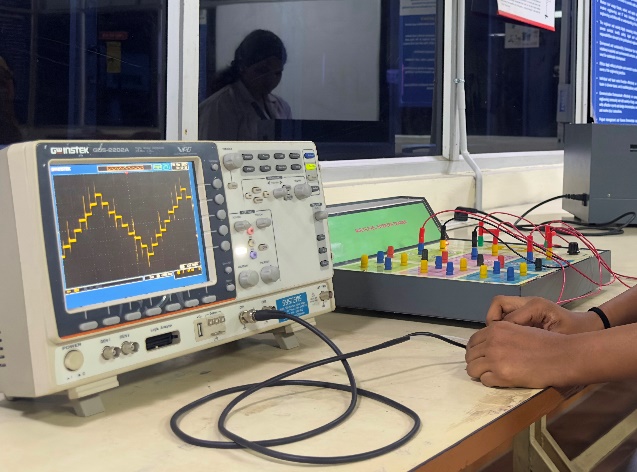
Specifications
The Power Electronics Laboratory is furnished with a variety of modern equipment and electronic components that improve its functionality and serve a wide range of applications.
Here is an overview of the equipment and components currently available to support the conduction of power conversion with power electronics.
| AC/DC: Single-Phase Half Converter, Single-Phase Full Converter |
| AC/DC: Three-Phase Half Wave and Full Wave Converter |
| Chopper commutation circuits: Voltage Commutated Chopper, Current Commutated Chopper |
| DC/DC conversion: Buck-boost Converter, SEPIC Converter, CUK Converter, Flyback Converter |
| DC/AC: Single phase Series Inverter, Parallel Inverter |
| DC/AC: Three Phase Voltage Source Inverter |
| DC/AC: Single Phase Cascaded H-bridge Multilevel Inverter, Diode Clamped Multilevel Inverter |
| AC/AC: AC Voltage Controller using SCR and TRIAC, Single-Phase Cyclo-Converter |
| R, RC and UJT Triggering Circuits |
| Regulated power supplies: 30 V to 300 V Regulated Power Supply |
| Applications: DC Motor Drive, three phase AC Motor Drive, Light Dimmer |
| Supporting components: TMS320F28379D Development kit, Digital Storage Oscilloscope, Spectrum Analyzer,
High-frequency Inductor (up-to 50 kHz): [5 mH, 20 A; 10 mH, 20 A; 15 mH, 20 A]. SiC MOSFET (SiC- 30 A, 1200 V), GaN MOSFET (GaN- 30 A, 650 V), MOSFET (IRFP460)- 500 V, 20 A. Driver board with Opto-isolator (TLP 350) DSP board Metallized Polypropylene Capacitors (MKP Capacitors)- 50 µF/500 V LCR meter HTC LCR-4070 |
This lab is utilized for conducting the following lab courses:
| S. No | Subject Code | Subject Name | Department |
| 1 | 21EEC301J | Power Electronics | Electrical and Electronics Engineering |
| 2 | 18EEC302J | Power Electronics | Electrical and Electronics Engineering |
| 3 | 15EE301J | Power Electronics | Electrical and Electronics Engineering |
This laboratory serves as a valuable platform for undergraduate students to execute and validate their Minor Projects (18EEP107L), Multi-Disciplinary Design tasks, and Major Projects (18EEP109L). It also supports postgraduate students and research scholars in conducting their research activities effectively.
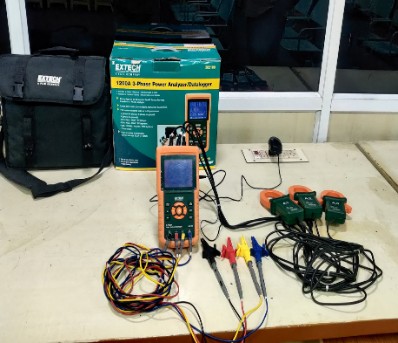
Unique Features:
- Log up to 30,000 readings on storage,
- Adjustable CT and PT ratio for high power distribution system,
- Full system analysis,
- High accuracy.
Outcome: Students have the opportunity to engage in AC power quality assessments, evaluate motor and generator performance, and conduct energy audits.
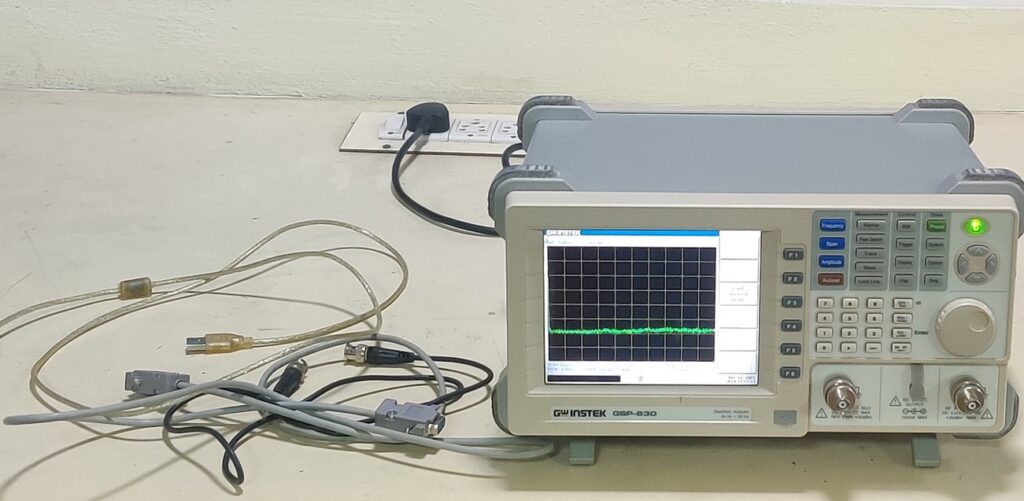
Unique Features:
- Outstanding noise floor level that presents extreme sensitivity for picking up weak signals,
- Wide range of frequency spectrum analysis,
- EMI filter.
Outcomes: Students can utilize EMI analysis to evaluate the performance of operating converters and examine the frequency spectrum of the output voltage and current waveforms produced by the converter.
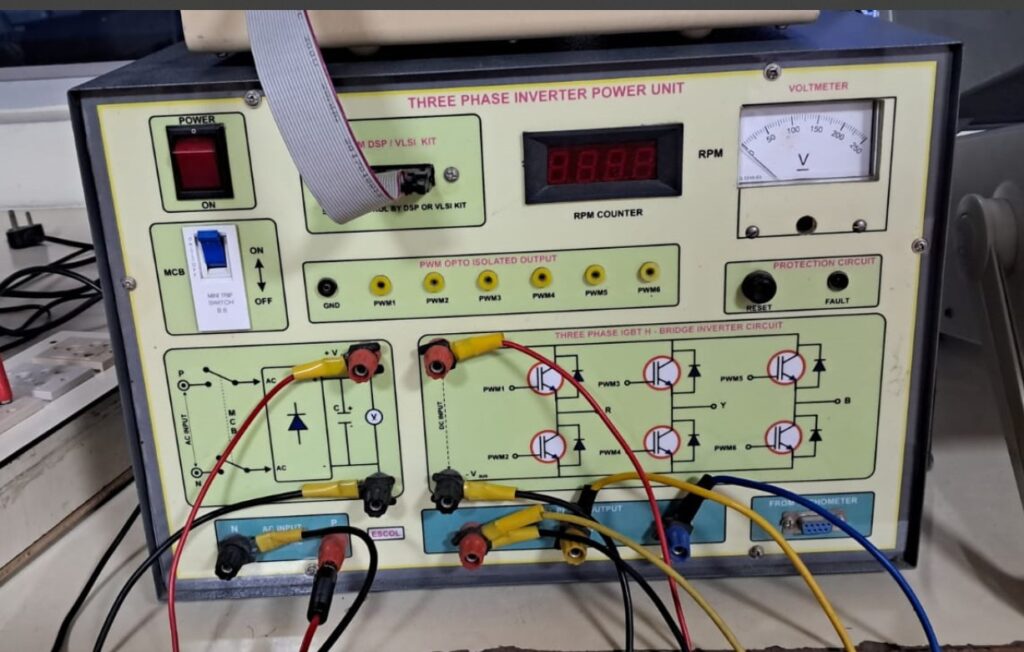
Unique Features:
- High Voltage and High Current IGBT with low saturation voltage,
- Collector-Emitter Voltage (VCE): 1200 V,
- Collector Current (IC): 50 A @ 25°C
Outcomes: Students can explore different operational modes (1200 and 1800) and experiment with PWM schemes using the available inverter module. Additionally, they have the opportunity to study motor drive systems.
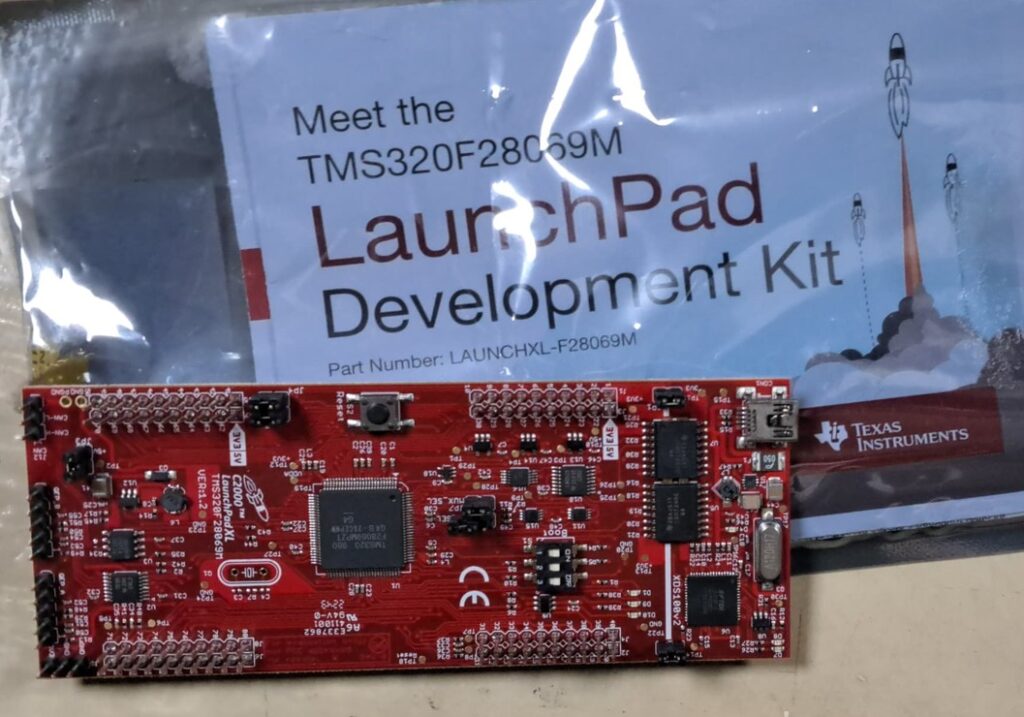
Unique Features:
- High-efficiency 32-bit CPU (TMS320C28x),
- 90 MHz (11.11-ns cycle time),
- 16 PWM channels total,
- 12-bit Analog-to-Digital Converter (ADC): Up to 16 channels.
Applications: Developing controllers for Power Electronic converters.
Outcomes: Students can make use of the Launchpad Development Kit to generate control pulses, ensuring the efficient operation of power converters.
Thrust research areas in power electronics typically focus on advancing technology and addressing challenges in energy systems. Some key research areas linked with power electronics laboratory include:
| Renewable Energy Integration: Developing power electronics solutions for efficient integration of solar, wind, and other renewable energy sources into the grid. |
| Electric Vehicles (EVs): Enhancing power converters, motor drives, and battery management systems for EVs. |
| High-Efficiency Converters: Designing converters with higher efficiency and lower electromagnetic interference (EMI). |
| Wide Bandgap Semiconductors: Exploring materials like silicon carbide (SiC) and gallium nitride (GaN) for advanced power electronics applications. |
Publications
| 1. Panneerselvam and K. M. R. Eswar, “Development of High Voltage Gain DC-DC Converter with Dual Output for Electric Vehicle Charging Application,” 2024 International Conference on Distributed Computing and Optimization Techniques (ICDCOT), Bengaluru, India, 2024, pp. 1-6. |
| 2. Panneerselvam, Dhivya, and Kodumur Meesala Ravi Eswar. “A New Wide Range and High Voltage Conversion Bidirectional DC/DC Converter for DC Microgrid.” International Journal of Circuit Theory and Applications (2024). |
Faculty In-charge
Dr. Ravi Eswar K M
Assistant Professor
9494709710
ravieswm@srmist.edu.in
Technical staff In-charge
Mr. B. Senthil Kumar
Technician
7358684004
senthilb@srmist.edu.in

Power Electronics Laboratory
Room Number 206
Electrical Science Block (ESB)
Open door access: 08.00 AM to 05.00 PM



